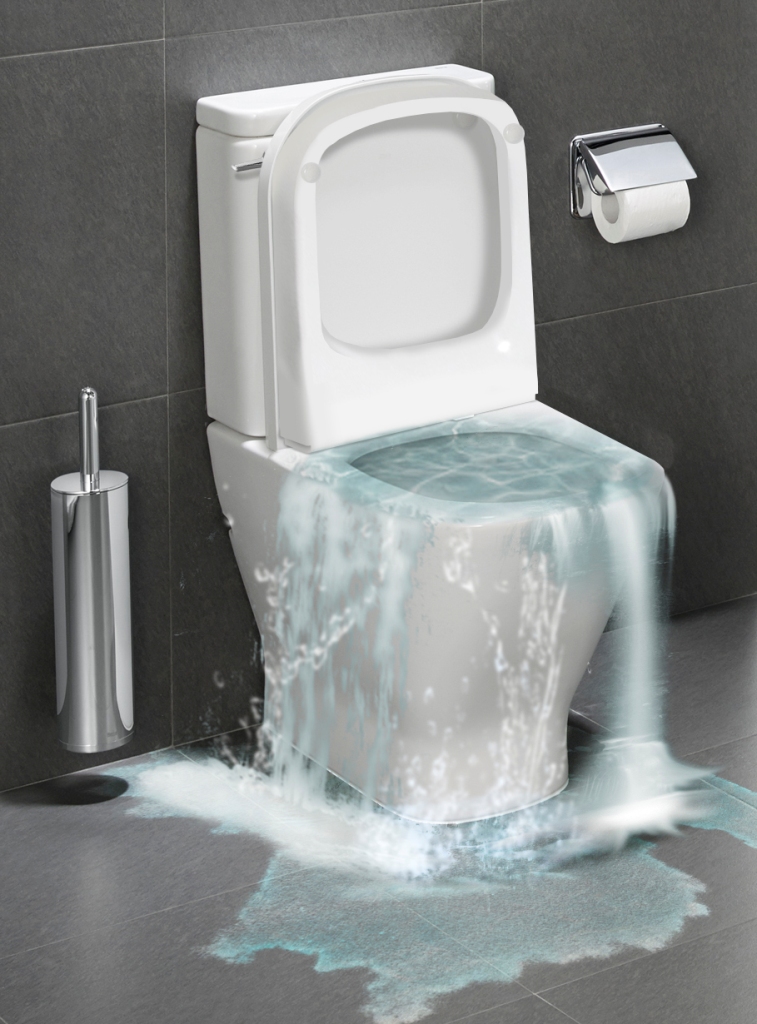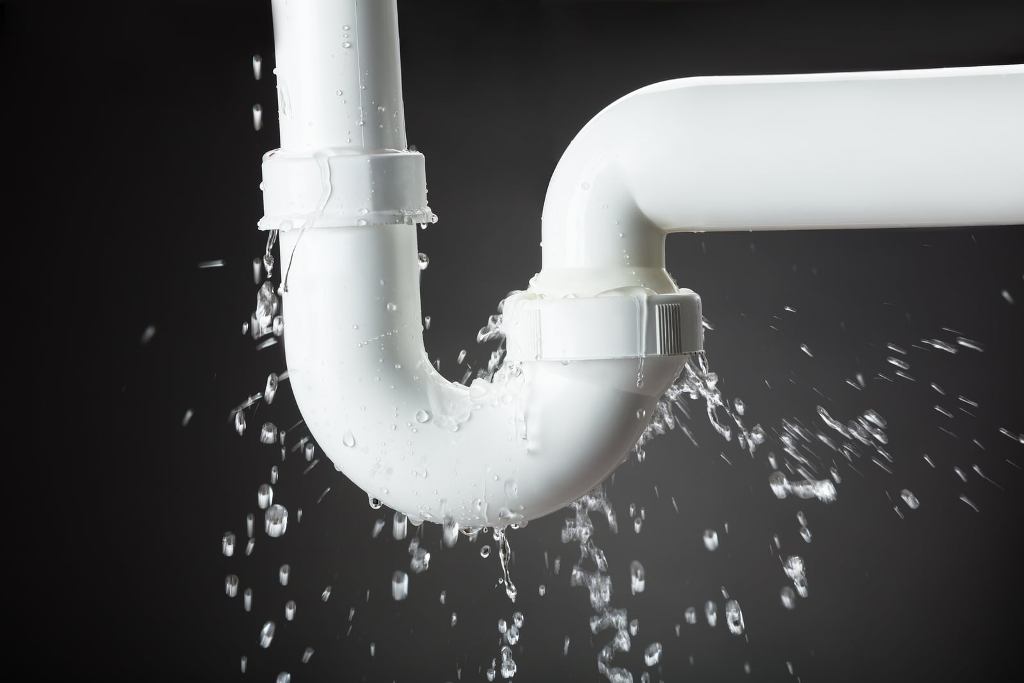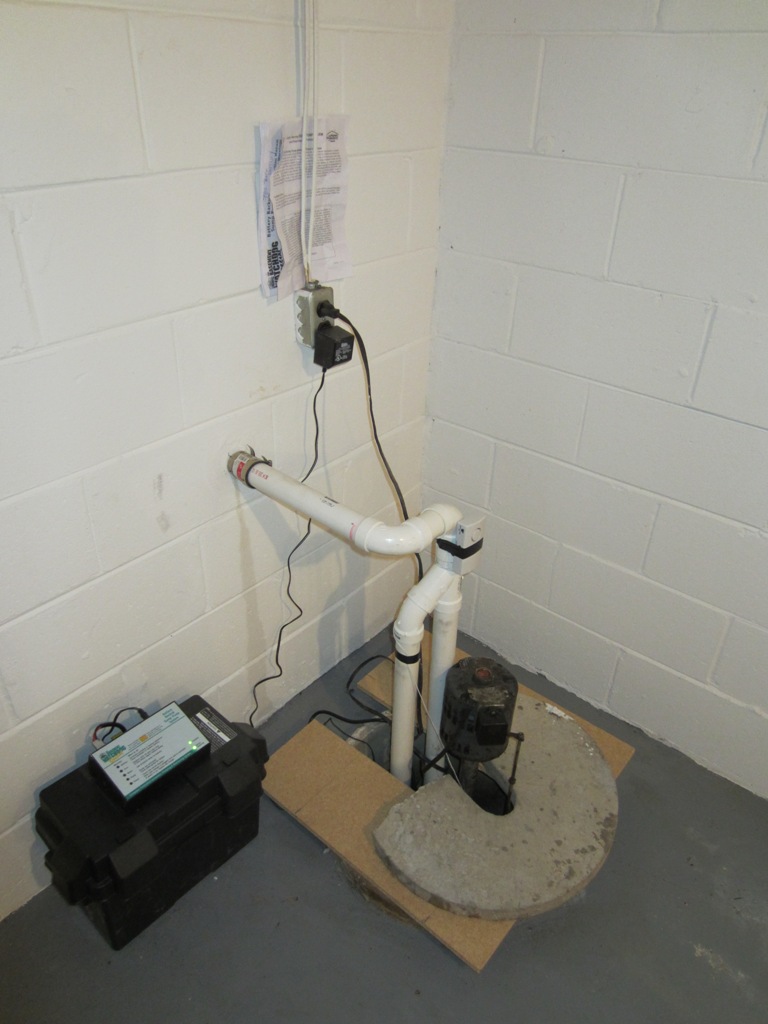1. Toilet Overflowing
Whether you have a defective float mechanism, or your toilet is clogged, the first thing you must do is to shut the water off at the water flow. Your water valve is typically found at the bottom of a water line on the side of the toilet and must be turned anti-clockwise. Once the water flow is turned off, the mechanism or clog can be sorted. The toilet can be unclogged by using firm vertical pressure with your plunger. For more serious clogs, an auger may be required to clean out debris that is causing the blockage. Once the debris is removed, the float mechanism can be reset, and the water valve turned back on. Check the tip on how to easily and quickly unclog a toilet without a plunger.
2. Clogged Sink Drain
There are useful ways to avoid clogging up of your sink. Avoid discarding of coffee grounds, grease, and other dense substances down the drain. But despite being careful, one can still encounter a clogged sink despite all your efforts. If the plunger doesn’t work when you’re trying to clear the debris from the drain, then and auger must be used. With some practice and a little perseverance, the technique of using an auger is easily learned.
3. Burst PIPES
By far, one of your most severe and damaging plumbing emergencies, as it releases up to one hundred gallons of water in eight hours. A burst pipe is most predominantly the result of corrosion build-up through the years. You need to phone a plumber in Florence SC as soon as you’ve managed to switch off the water supply. Make sure you’ve removed all furniture and other items that can possibly be damaged.
4. A Leaking Pipe
The approach in fixing the leaking pipe is dependent on precisely where the leaking water is coming from. When the leak originates from the joint, you need to tighten the joint using a wrench. You may experience that when you’re tightening one joint, another may come loose, so you need to work with caution. With a water leak coming from the pipe itself, a rubber path may solve the issue. Another way is to use waterproof tape to stop the leak.
5. Sump Pump Malfunction
If the sump pump refuses to work, remove the screen to check for any debris that may be preventing the impeller from moving. If the impeller is free, there may not be enough electricity going to the pump, or you may have a faulty float switch. If the pump has been working continuously over an extended period in time, it might be shutting down because of thermal overload.
6. Water Heater Fault
Conventional water heater issues include water that is too hot or too cold, a leaking tank, noises emanating from the water heater or water having unusual color or odor. In case of a leaking water heater, a professional must be called for assistance. If you don’t see any leak, try flushing your water tank to get rid of color or odor issues and to increase the efficiency of the heater.





















